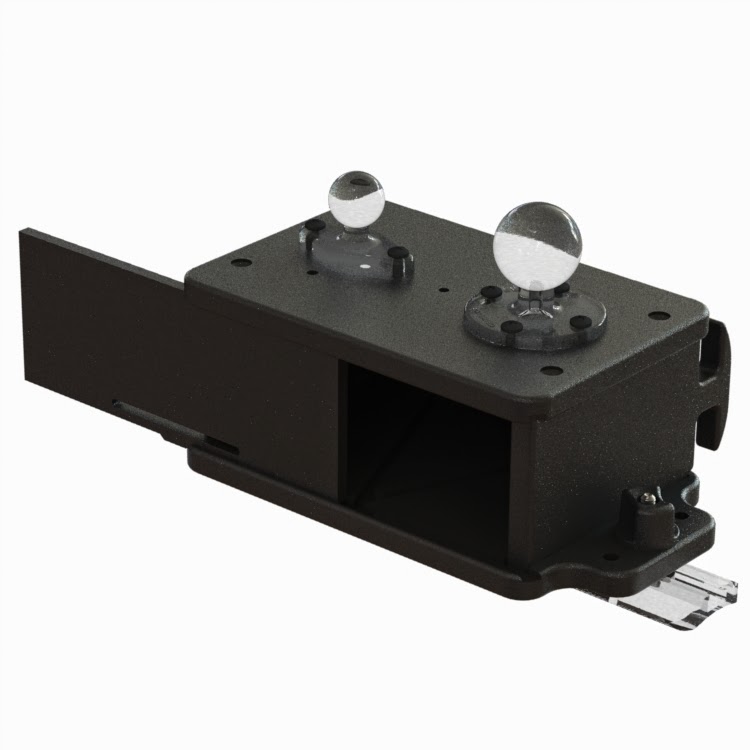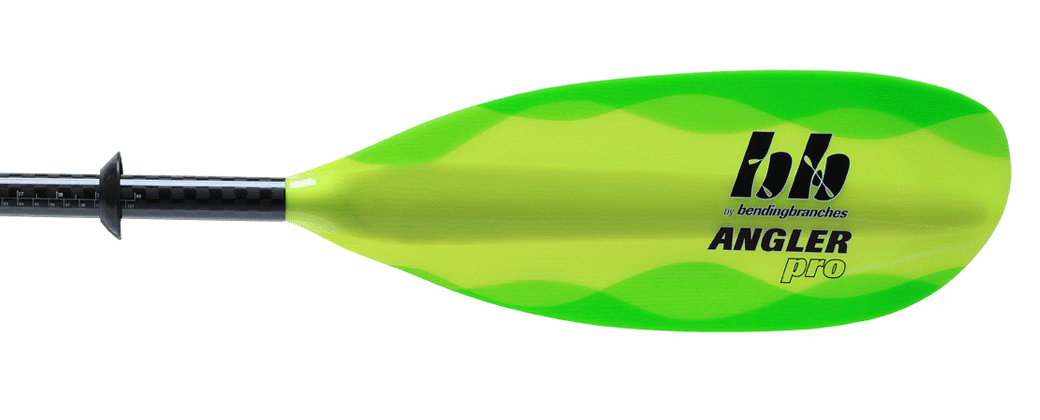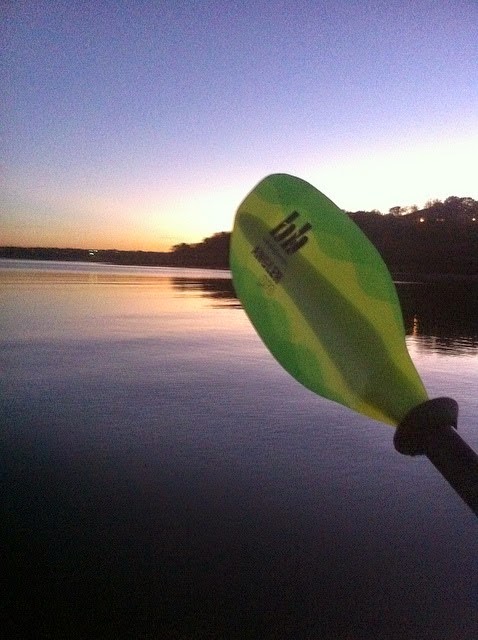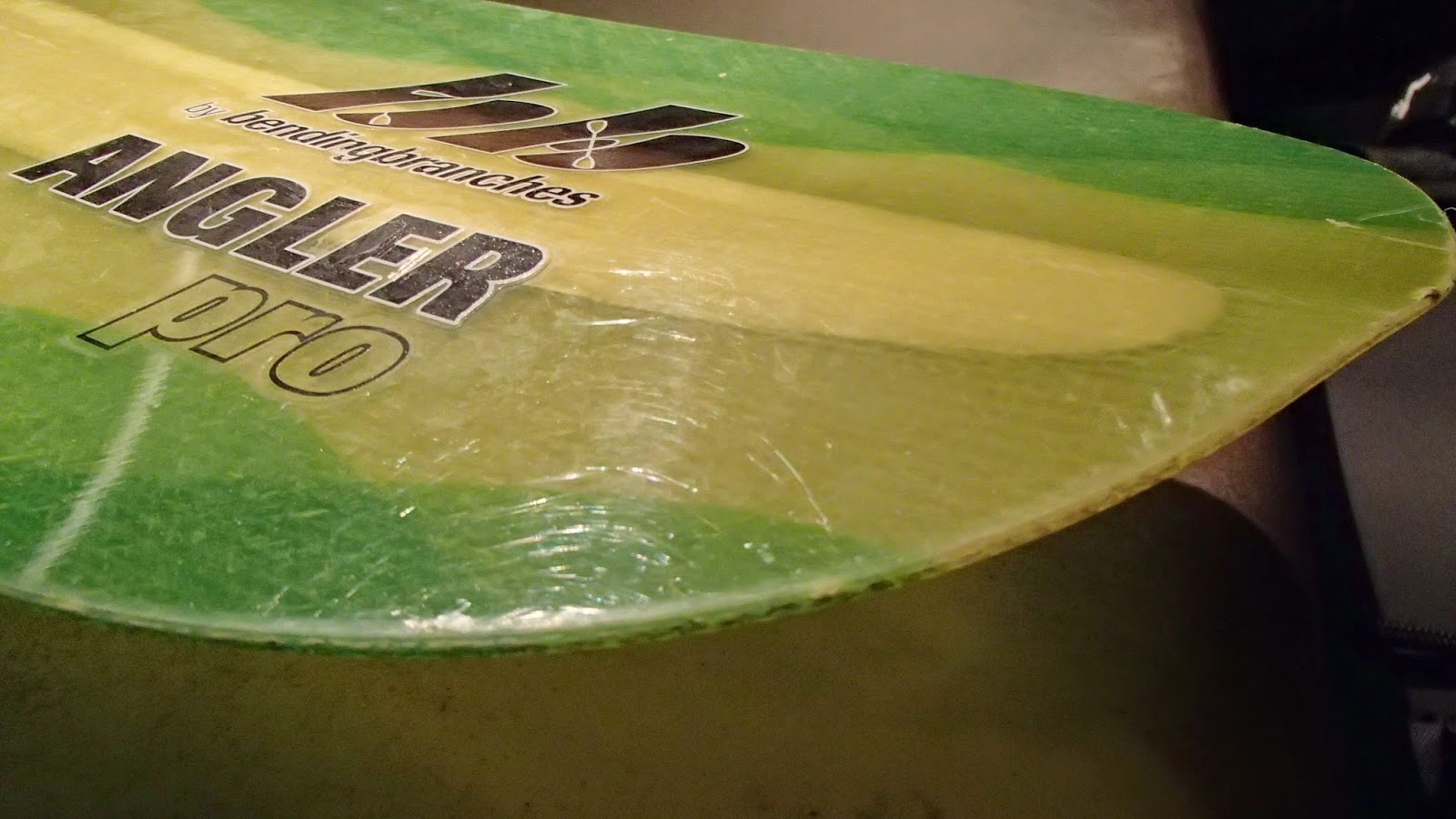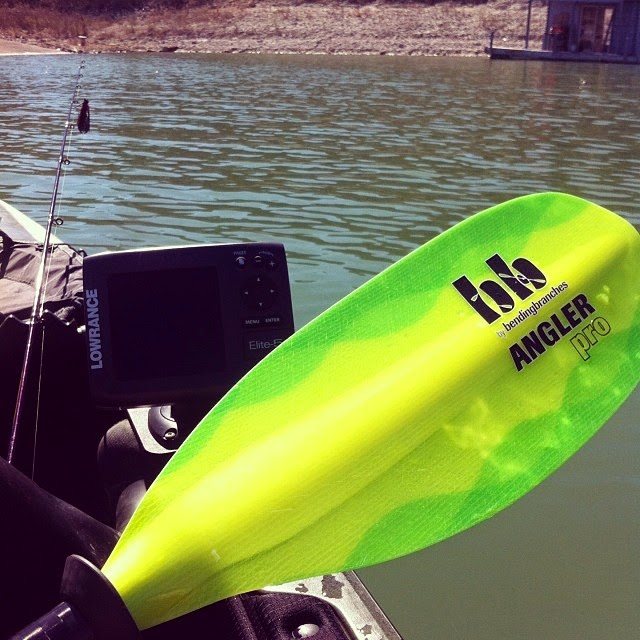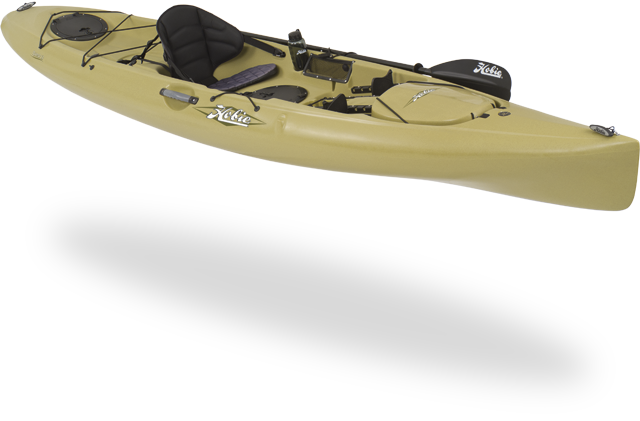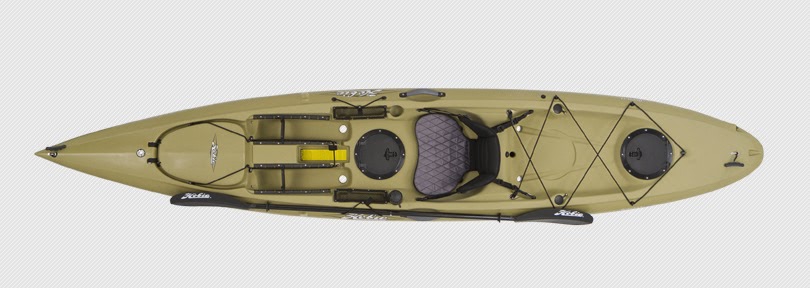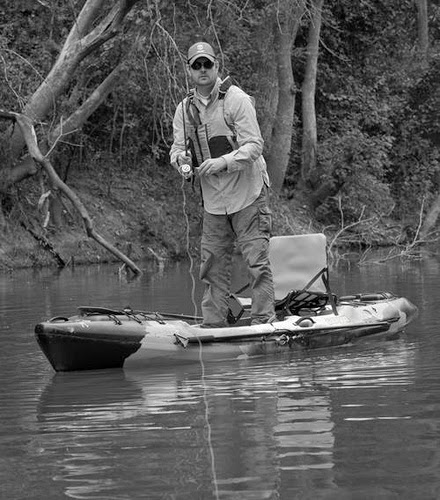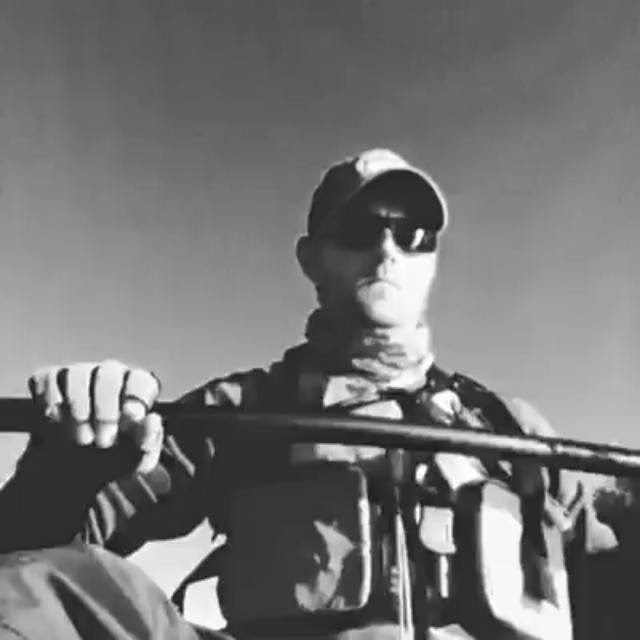When most folks think of Hobie they think of the Mirage Drive. Did you know they also make kayaks you paddle? The Hobie Quest 13 is one of those in the Hobie paddle fleet and the kayak I'm breaking down today.
The Quest 13 is, as the name eludes, a 13 foot long kayak. At 28.5" wide it looks very similar to the Hobie Mirage Revolution 13, sans the Mirage. I've paddled the Quest 13 more than a dozen times in many different situations and it is definitely what I would consider a sleeper. You hear very little about it. Here is the breakdown:
The Good
The name Hobie has become synonymous with high end kayaks. The Quest 13 is no different in the quality but flips the script with the price tag. A Quest 13 at regular price is only $1149. Not only that but it comes with a nice two piece paddle ($150 if bought separately), an adjustable strap in padded seat ($100 separate) and large hatch covers front and back.
The Quest tracks pretty well and doesn't get windblown like some taller kayaks out there. Should you decide you have need of a rudder, Hobie has already pre-plumbed the kayak for a twist a stow rudder or after market to work with the foot rests.
Storage is very nice in this kayak. You have a large tank well in the back but you also have access to the entire under hull area for camping trips.
Because of the width and length of the Quest 13, it hugs the water and gets you to your destination quicker than most. The trend is toward wider kayaks but you lose speed as you get wider in most cases. The Q13 is a nice blend of stability and speed.
The Needs Improvement
The tankwell narrows a bit and ends abruptly at the round hatch. After the round hatch is a large flat area that is in essence, wasted space. I would like to see the hatch moved back to the flat area further back. Honestly you won't be able to reach the hatch while underway so moving it further back won't be problematic.
To help the Quest drain a little faster I'd like to see another pair of scuppers just in front of the seat and another pair in the tankwell. It can be a bit of a wet ride in heavy chop.
As with other Hobie reviews, I still am awaiting a better seat option. Hobie offers the frame style seat in the Pro Angler but only adjustable padded seats in the rest. It's time. All of the other major manufacturers in the US have upgraded seating options for paddle kayaks. It's time for Hobie to step up to the plate.
Final Thoughts
The Hobie Quest 13 is an overlooked kayak that offers a great paddling kayak package right out of the shipping wrapper. The price point is very competitive and for what you get, should be a consideration. The biggest issue the Q13 has is living out its existence in the shadow of the Hobie giants like the Pro Angler, Outback, Revo and Adventure Island. Next time you find youself at a Hobie demo day, ask to paddle the Quest 13. It'll surprise you!



